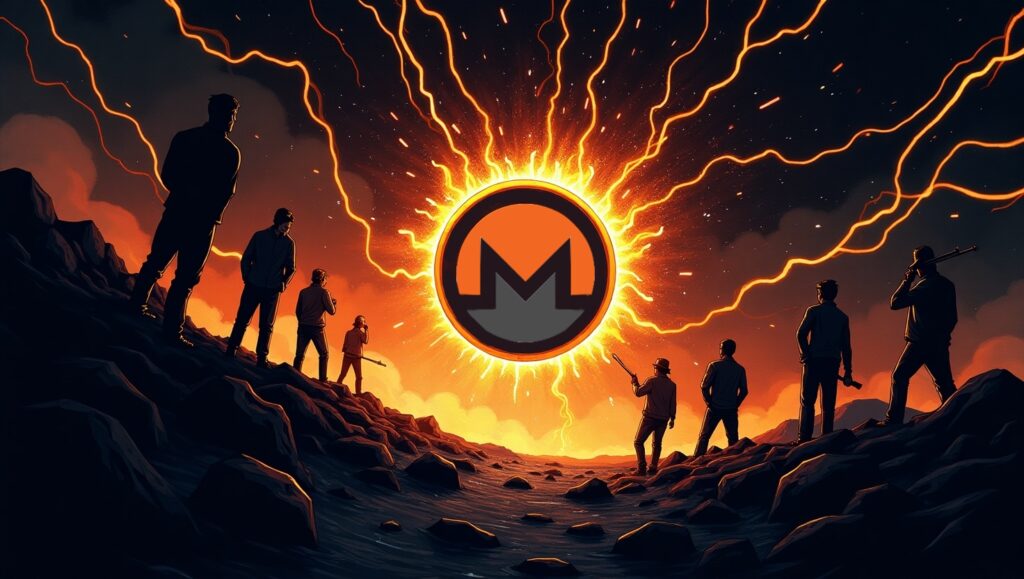
Monero Faces Hashrate Centralization Threat
The Monero community recently confronted a possible threat to its network decentralization. A mining group attempted to increase its hashrate dominance, raising concerns over potential centralization risks.
Maintaining decentralization is crucial for Monero’s security and privacy features. The community acted swiftly to address this challenge, showing the strength of its decentralized governance.
Why Decentralization Matters for Monero
Monero is known for its privacy and security. These depend heavily on decentralization, which ensures no single entity controls the network.
Hashrate centralization could lead to censorship or manipulation risks. It might also weaken Monero’s resistance against certain types of attacks, including 51% attacks.
Community Response to the Threat
Upon detecting the hashrate concentration, Monero miners and developers coordinated efforts to maintain balance. They emphasized using diverse mining pools and encouraged support for smaller, independent miners.
This collective response helped mitigate the risk and demonstrated the community’s commitment to a fair and secure network.
Technical Measures and Future Safeguards
Monero’s protocol includes adaptive mechanisms such as the RandomX algorithm, designed to resist ASIC dominance and promote decentralization.
The community is also exploring additional technical solutions to monitor and prevent hashrate monopolization. These efforts aim to preserve network integrity as Monero evolves.
The Importance of Vigilance in Crypto Networks
Monero’s recent experience highlights how decentralization requires constant vigilance. Crypto communities must remain alert to emerging threats and coordinate responses quickly.
By defending against centralization, Monero continues to uphold its core principles of privacy and security, setting an example for other blockchain projects.
Related Insights and Further Reading
For more Crypto Market related, see our Zodia Market article.
Visit the official Monero website or check analysis at CoinDesk.

